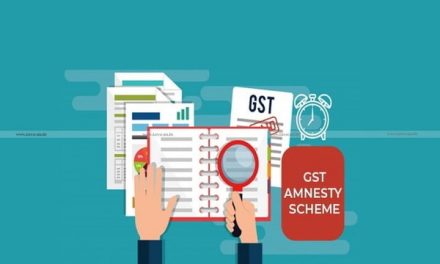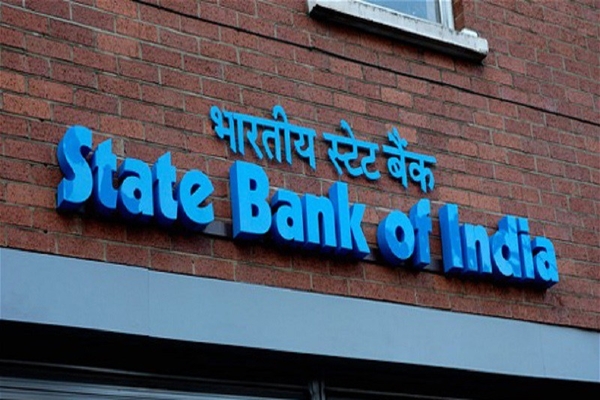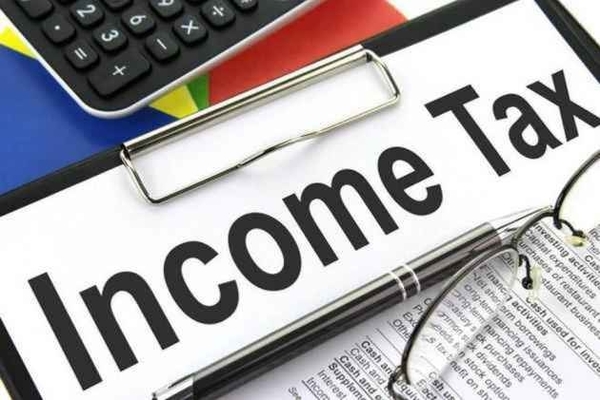Mission Karmayogi was launched on September 20, 2020, by the Prime Minister Narendra Modi-led Union Cabinet. Mission Karmayogi – National Programme for Civil Services Capacity Building (NPCSCB) – is meant to reform Indian bureaucracy and prepare civil servants for the future. The program aims at “comprehensive reform of the capacity building apparatus at the individual, institutional and process levels for efficient public service delivery”.
.
Important Facts about Mission Karmayogi
- It is launched by Union Cabinet
- It aims to establish the new national architecture for civil services capacity building at individual, institutional, and process levels
- It will cover around 46 lakh central employees between 2020-2025.
- A special purpose vehicle (SPV) (non-profit company) is set up under the Companies Act 2013 to run this mission.
- This SPV will manage i-GOT Karmayogi which is the online training digital platform.
Salient Features of Mission Karmayogi
Mission Karmayogi is a step towards improved human resource management practices in the government. It has the following features:
- The transition from Rules Based to Roles Based Human Resource (HR) Management – The focus is to allocate jobs to the civil servants based on their competencies.
- On-Site Learning to complement Off-Site Learning – It is training given to the civil servants on-site.
- An ecosystem of shared training infrastructure – Civil servants adapt to an ecosystem of shared learning materials, institutions, and personnel.
- Framework of Roles, Activities, and Competencies (FRACs) approach – All civil services positions are to be calibrated under this approach. Also based on this approach, all learning content will be created and delivered to every single government entity.
- Behavioral, Functional, and Domain Competencies – Civil Servants to build their competencies in their self-driven and mandated learning paths.
- Co-creation of the common ecosystem by all the Central Ministries, Departments, and their organizations – This is a way to create an ecosystem of learning through an annual financial subscription for every employee.
- Partnership with learning content creators – Public training institutions, universities, start-tips, and individual experts will be enabled to be a part of this capacity-building measure.
How will it help?
Who will manage Mission Karmayogi?
Budget for the mission












